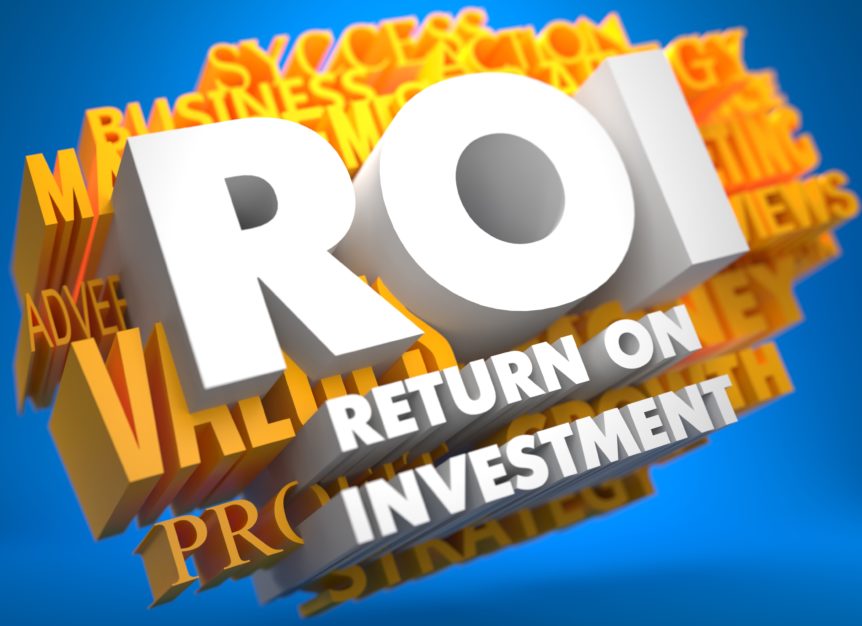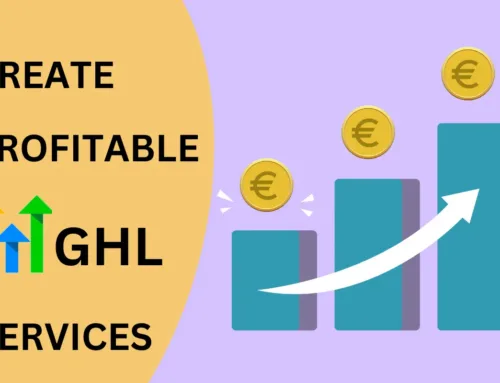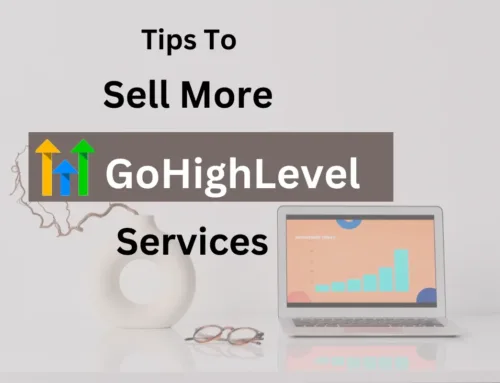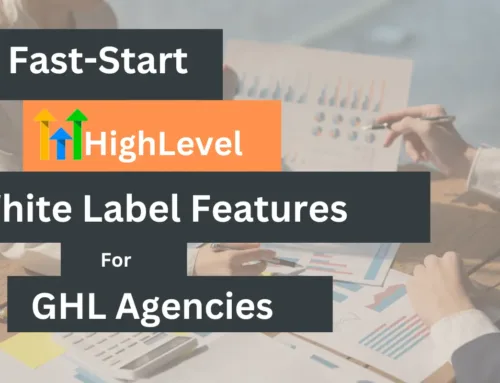I’m going to start this article off with the biggest understatement ever: WordPress is iconic. It’s earned that recognition given how it is the backbone for at least one-fourth of the Internet itself. With its easy installation, ease of use, and having a worldwide community of dedicated users, WordPress isn’t going to go down anytime soon. What’s amazing about WordPress is how some of its themes and plugins are just as iconic. Akismet, Holly Dolly, Jet Pack, and Divi are just some of what I am talking about. We can also add to that list – WooCommerce.
Introduced in 2011, WooCommerce is known for handling all types of businesses whether they be small, medium, or large along with being either digital or physical. Along with its stellar reputation, WooCommerce is easy to install, easy to use, and easy to modify. If you’re a programmer who wants to improve upon WooCommerce then you’re in luck – it’s open source, and of course, that makes it free to use. Now there are plenty of WooCommerce articles written by experts who talk about the major features with the plugin itself. This article won’t do that.
Today, I’m going to focus on three lesser-known features that – if used correctly – can boost your return on investment, or ROI. So, let’s get started.
3 Little Known WooCommerce Features
Featured
WooCommerce essentially gives you a stage to set your product on, and of course, that means your product is the star of the show. With its storefront designer, you can design your product pages so they can look the way you want them to look. Of course, you can inject a little psychology with your storefront designer so that people might be inclined to do a little impulse buying. But this section of the article isn’t dedicated to the storefront designer. Its dedicated to putting a spotlight on your products.
If you have WooCommerce installed and filled with products then do me a favour, click on “all products.” Do you see the star that is visible in each entry? If you click on that star, then you make that product a featured product. WooCommerce is a very popular plugin as I mentioned before. It’s so popular that a lot of developers have created WooCommerce inspired themes, and when you mark a product as featured it will show up in a feature section on your site.
One of the earliest jobs I had was in retail. I remember on my first day at work management had shown me this fifteen-minute video on how to sell their products. One of the techniques they promoted was putting the product they’re studying in their hands if you can. This creates a sense of ownership with the customer and they’ll feel more inclined to buy the product then and there. Now you can’t really do that with an online store but the next best thing is, of course, a featured section. People will, at most, spend roughly a minute or so looking at your site before deciding if they want to stay or leave. You have to grab their attention in that amount of time and that’s where the featured section comes in. Seeing that displayed will grab a person’s attention and increases their likelihood of staying and that, of course, increases the chance that they’ll buy your product.
One Page Checkout
Let me set the stage for you. You’re at the local grocery store and you have a few things you want to buy. You get in line and see that five people are ahead of you and each of them have shopping carts that are filled to the brim. All of them will be paying by check and all of them will be using their coupons. You get the sense that each of them will double check their receipts just to make sure they got the deal they wanted and they won’t move unless they’re sure they got their deal. All other lines are closed and management isn’t about to open another line. What do you do? Well, I can’t speak for you but for me, I would probably put my stuff back and leave. Believe it or not, people do the same online. If they feel the online checkout process is long and confusing, then they’ll abandon their carts.
WooCommerce battles this with one page checkout that simplifies the checkout process and reduces cart abandonment considerably. Now, fair warning, this is an extension you’ve got to buy from WooCommerce. A single license use of this extension runs at $79.
Mail Poet
I remember going to my local K-Mart when I was younger. Every time I went there would be an associate who would get on the PA and say, “Attention K-Mart shoppers, there’s a blue light special going on,” and everyone went to the flashing blue light to see what goodies they could find. Today in our digital world, the blue light special has been replaced with email mailing lists. After all, you just can’t put up a sign on your page that says deals are here and expect people to show up. You have to let people know.
In short, Mail Poet is a WooCommerce extension that creates a “subscribe to our newsletter” option. People will have the option to subscribe if they so wish. You can then use that list to send out regular emails to your customer base alerting them to new featured products or special sales. Now I know what you’re thinking, people generally avoid signing up for online newsletters so why would they sign up for yours? Well, this extension presents the option to subscribe at checkout. This is consumer psychology at play. If they find your checkout easy, then that builds a layer of trust that will make them feel comfortable enough to subscribe. They will also find that they can easily unsubscribe at any time should they want to and that right there builds more trust which in turn translates to profit.
In Conclusion
I’ve touched on three little-known features of WooCommerce that can boost your return on investment, but it should be stressed that there are other features to WooCommerce that can help boost your sales even more so. Go and see what other goodies they have to offer that can help make your business a force to be reckoned with.
Get in touch with our web design team to get your woocommerce project started today.




